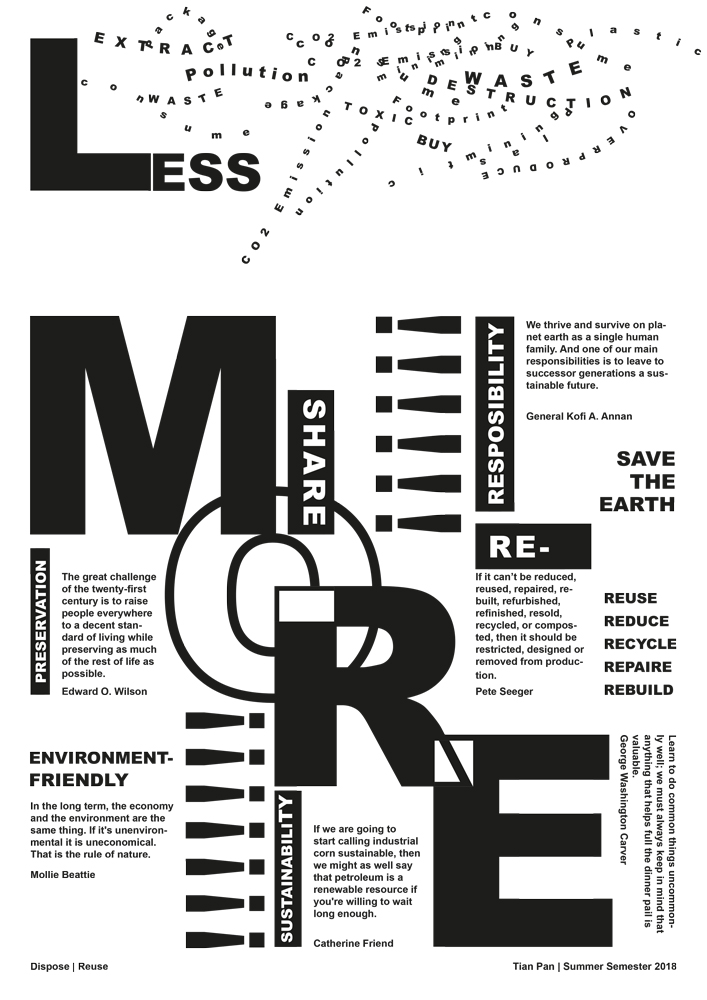GARNET SAND 3+
tiles and vessels
How can we use the large amount of shapeless waste sands, containing different particles of the cutting materials, which come from a normal water jet cutting factory? Through experiments with porcelain, glass and the simulation of the sinking process I found out that those waste sands could be suitable in the porcelain industry. It can be added to the traditional porcelain-making process to make everyday vessels. Another characteristic of this mixture is the anti-slip property, which is very well suited as an additive in tiles for floors in sanitary areas. On walls, the metallic property can be used as a magnetic pinboard.
Every 3–4 months 4 tonnes of garnet sand are disposed per machine.
Chemical components of the waste sands:
| Al2O3 | 20% |
| FeO | 30% |
| SiO2 | 36% |
| MnO | 1% |
| CaO | 2% |
| MgO | 6% |
Characteristics:
• red when dry – black when fired
• edged
• sharp angle
• slightly magnetic
• translucent
• contains no free chemicals
• hardness: Mohs 6–8
• melting point: 1250 °C
Manifest by Tian Pan

| student: | Tian Pan |
| project: | REUSE |
| year: | 2018 |
